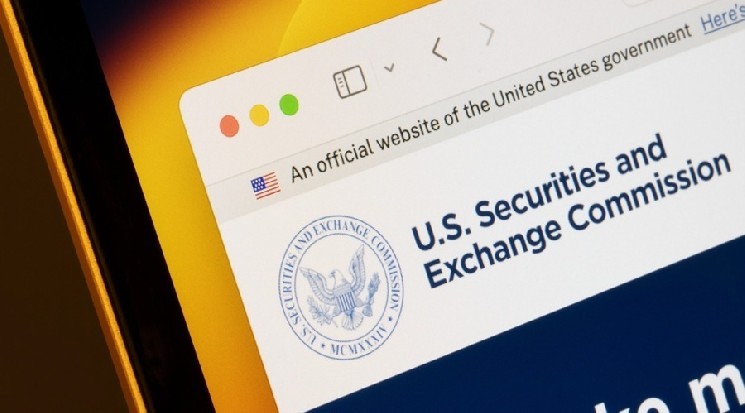The Securities and Exchange Commission (SEC) has secured nearly $4 million from the widow of a deceased investment adviser who ran a Ponzi scheme that defrauded more than 50 investors out of $29 million over an 11-year period. The scam was so effective that it continued to operate for a while even after its creator’s death.
Wendy Swensen agreed to pay $3.8 million in a settlement reached July 31, marking the conclusion of a case involving her late husband Stephen Swensen’s fraudulent investment operation. The money will go directly to harmed investors through a court-appointed receiver.
Stephen Swensen died in June 2022 while the SEC’s investigation was ongoing. He had promised investors guaranteed annual returns of at least 5% through his company Crew Capital Group, telling clients their money would be invested in bank loans and options tied to the S&P 500 index.
You may also like: How One Trader’s Spoofing Scheme Cost Him $357K in Penalties
The Fraudulent Scheme Unraveled
None of that was true. Instead, Swensen used incoming investor funds to pay fictitious returns to earlier investors while spending the bulk of the money on personal expenses, including real estate, vehicles, and multiple private aircraft. Unfortunately, this practice occurs far more often than we would like.
“According to the complaint, however, Mr. Swensen misappropriated investor funds to make Ponzi-like payments to other investors and to pay for his, and his family’s, personal expenses. The SEC did not allege wrongdoing by Ms. Swensen,” the SEC commented in the statement.
The scheme ran from 2011 until Swensen’s death. He operated under the guise of being a registered investment adviser representative, working with several legitimate brokerage firms during the period. This gave him access to clients seeking retirement planning advice, whom he then steered toward his fraudulent investment.
This is another example of an elaborate Ponzi scheme uncovered by the SEC, which defrauded a large group of investors out of millions of dollars. A few months ago, Finance Magnates reported on a similar case in which 200 people were promised high returns and risk-free investments.
Elaborate Deception Fooled Investors
Swensen went to elaborate lengths to make Crew Capital appear legitimate. He created fake documentation showing a partnership with Pacific Investment Management Company (PIMCO), one of the world’s largest investment firms. PIMCO never had any relationship with Swensen or his company.
He also maintained a professional-looking website where investors could log in to view their account balances and supposed returns. The numbers displayed were entirely fictitious, but they convinced several victims to invest additional money.
The deception ran deep. Swensen used mail forwarding services to create fake addresses in major cities like Boston, New York, and San Francisco. He hired a virtual receptionist service and paid extra fees to keep his name off public corporate filings in Nevada, where Crew Capital was registered.
Widow Pays Back Ill-Gotten Gains
Wendy Swensen received more than $350,000 in investor funds directly from her husband’s scheme, along with real property purchased with stolen money. The SEC did not allege she knew about or participated in the fraud.
Under the settlement, she must pay $3.6 million in disgorgement, plus $41,279 in prejudgment interest and an additional $171,592 representing interest she earned on investor funds during the litigation.
Swensen’s clients trusted him to manage their retirement savings, only to discover their nest eggs had been funding his lavish lifestyle.
Red Flags Investors Should Watch
Court-appointed receiver Chad Pehrson will distribute the recovered funds to victims. The SEC’s investigation was led by staff from the Denver Regional Office and San Francisco Regional Office.
Crew Capital’s website remained active even after Swensen’s death, continuing to display false account information to investors until the SEC intervened. The company had no legitimate business operations beyond the fraudulent fundraising efforts.
This case serves as a reminder that guaranteed returns in investing are typically too good to be true. Legitimate investments carry risk, and promises of steady, guaranteed profits should raise immediate red flags for potential investors.

